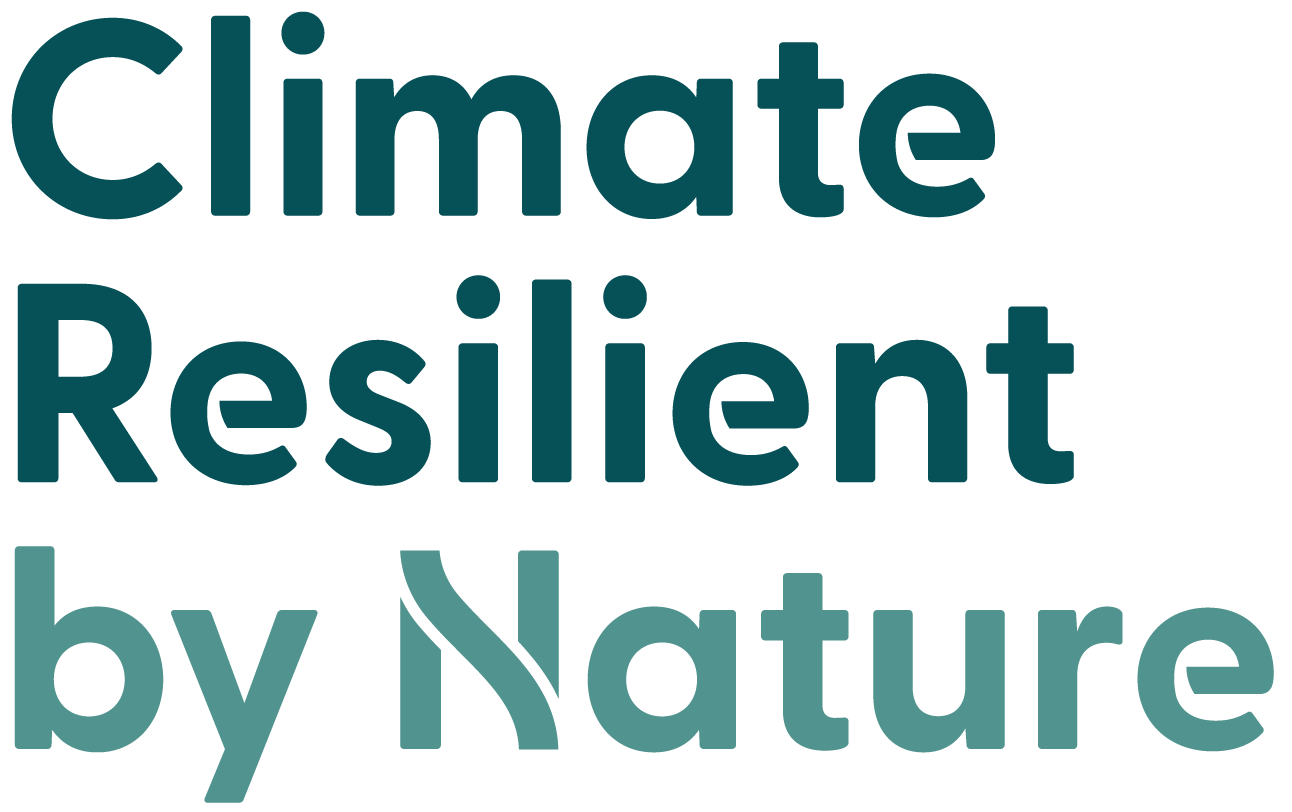
Carbon markets
The Pacific is home to abundant terrestrial and marine ecosystems including some of the most biodiverse and carbon dense form of forest, tropical peatlands and expansive mangroves.
These ecosystems are critical to Indigenous landowners and local communities. Along with holding great cultural and social significance, many of these ecosystems support the production of nutritious foods, fresh water supply and provide a buffer from climate-related disasters.
But unsustainable development is putting these ecosystems under threat. The urgency to protect forests from excessive logging and mitigate the social harms linked to this, presents the need to explore alternative, sustainable economic pathways. This highlight the potential for forest conservation efforts that deliver benefits to communities.
This series explores the future of carbon markets and how they can be best developed to deliver benefits for Pacific communities.
Pomio, Papua New Guinea © WWF-Pacific / Tom Vierus
Voluntary carbon markets explained
In Voluntary Carbon Markets (VCMs), project developers implement activities that remove, reduce, or avoid greenhouse gas emissions.
The most common nature-based solutions in Melanesia are avoided deforestation or REDD+ projects, and these often involve establishing protected areas or ‘tabus’ to prevent forest logging. Innovative practices that build landscape resilience and improve land management are also emerging as ways to access payments for ecosystem services - like cultural burning, invasive weed management and agroforestry.
These activities are financed through carbon credits that are certified by a voluntary carbon standard. A credit can be purchased by parties seeking to offset their emissions, and in the case of a high integrity credit – go beyond this and contribute to broader positive impacts. Revenue from this credit then flows back to the community.
The recent emergence of such markets in the Pacific, could offer an effective tool to finance and support community-led forest conservation
While VCMs offer significant potential, an appropriate enabling environment is needed to achieve this. It is also critical that the enabling environment is informed by, and responds to, the chequered history of VCMs.
The unique Pacific context further presents challenges concerning land tenure, project scalability, and equitable benefit sharing that carbon market projects must get right. This points to the importance of robust project development to ensure carbon markets first and foremost prioritise and serve Pacific communities.
Tabu area, Loru Conservation zone © Nakau
Case study: Nature-based Solutions for Forests and People
Nature-based Solutions for Forests and People, a project by Live & Learn Environmental Education and Nakau is a positive example of this in practice.
Supported by Climate Resilient by Nature, an Australia Government funded initiative, this project is expanding nature-based solutions in the Pacific
Sustainable forest carbon projects aim to support healthy forests and biodiversity while building new income-generating opportunities that can benefit everyone within a community and growing the emerging high-integrity carbon market in the region.
The project is guided by the Nakau Methodology — a purpose-built Pacific rainforest conservation finance program that takes a strong approach to upholding land and carbon rights, and which follows a rigorous free, prior and informed consent process (FPIC).
The approach brings financial benefits back into communities to ensure the project is long lasting and people are paid for their conservation efforts. Income generated from the project is reinvested in community projects, alternative livelihoods and contributes towards strengthened climate resilience.
Loru Conservation zone © Nakau
Ingredients for success
Climate Resilient by Nature is focused on understanding how carbon projects can be developed to deliver benefits for Pacific communities. The program has supported three innovative projects that offer valuable learning opportunities for developing carbon market projects in the region. Key areas VCM projects must address include:
Along with carbon mitigation benefits, carbon projects must deliver a range of environmental, social and cultural “co-benefits” that support broader development outcomes for local communities. These non-carbon benefits are in reality, core benefits, and should be prioritised in project development.
It is critical to develop immediate sustainable livelihood opportunities to combat the threat of logging. This is because projects require upfront investment and can take time to deliver financial benefits to a community through the sale of credits.
Projects should have strong partnership-based approaches at the community level to understand local dynamics, incorporate traditional governance and to best support capacity building.
A focus on small-scale projects can enable more effective community engagement and avoid many of the issues and conflicts that have stemmed from large scale REDD+ projects.
Working with the right communities is essential to ensure a commitment to conservation as well as to foster local ownership. This can also provide an opportunity to support Indigenous cultures and knowledge.
Equitable benefit sharing arrangements are integral in order to define how revenue from carbon credits flow back to the community, along with other non-financial benefits.
Developing a shared understanding of land use rather than land boundaries can help mitigate conflict with customary land ownership structures.
Engagement with sub-national level stakeholders is needed to build support and engagement around project.
Knowledge products
Access our library of reports, learning briefs and webinars on voluntary carbon markets below.








